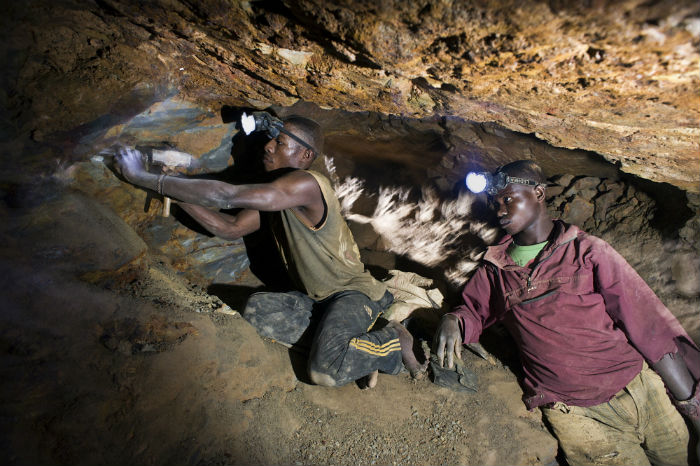By: Imogen Mathers
Send to a friend
The details you provide on this page will not be used to send unsolicited email, and will not be sold to a 3rd party. See privacy policy.
Three years ago yesterday, 34 miners were shot dead by South African police during a strike for better wages and living standards at a mine owned by British multinational Lonmin. The Marikana massacre, the most violent use of state force in post-apartheid South Africa, and its subsequent cover-up have triggered widespread debates about how much security democracy and development truly bring to South Africa’s 53 million people.
Three years later no one has yet been held accountable for the deaths, despite the publication of the much-delayed Marikana Commission’s report in June.
Marikana and the hard truths it reveals about links between industry, governance and development in South Africa played on my mind as I sat in a workshop at the University of Sussex, United Kingdom, last week (11 August). The focus was the African Union’s ten-year Science, Technology and Innovation Strategy for Africa (STISA), adopted last year.
This ambitious strategy aims to put science “at the epicentre of Africa’s socio-economic development” and “accelerate Africa’s transition to an innovation-led, knowledge-based economy”. [1]
But it has come under flak for being too top-heavy, ignoring implementation and failing to commit governments to spending or training targets. Sussex’s one-day workshop was meant to dissect the concrete steps needed to implement the strategy.
Topping the agenda was the question of who would actually fund STISA’s goals of pan-African scientific revolution. The strategy reiterates the target first touted in the African Union’s 1980 Lagos Plan, which states that African governments should spend one per cent of gross domestic product on research and development.
But this target remains non-binding and no government has reached it so far. Perhaps in recognition of this failure, STISA calls for a mixture of public, private sector and “alternative” sources from within and outside the continent to fund national and continent-wide plans.
This is part of a wider African move to get the private sector — from multinationals to smaller businesses — involved in research and development, and to ally R&D more closely with economic growth. Mozambique’s heavy investment in university research focused on mining and minerals is one such case.
Working on SciDev.Net’s Africa’s PhD Renaissance series, I often came across demands for the private sector to directly fund or even design university courses tied to certain industries. This is understandable — the money has to come from somewhere.
Who will actually end up benefiting from a focus on science-led development that is shaped so heavily by private sector interests? Will the needs of ordinary Africans shrink from view as the demands of shareholders take over?
Imogen Mathers, SciDev.Net
But, as one participant at Sussex warned: “What strings are attached to external funding that might come into Africa?”
Clapperton Mavhunga, a science professor at Massachusetts Institute of Technology in the United States, spoke of the need for strong oversight mechanisms to ensure the money is properly spent. African countries should study their past, he said, particularly those that have decided to veer down socialist or capitalist paths, and remember “what the pillars that anchor the vision we aspire to are”.
For me, the conversations pointed towards an urgent question: who will actually end up benefiting from a focus on science-led development that is shaped so heavily by private sector interests? Will the needs of ordinary Africans shrink from view as the demands of shareholders take over?
The brutal events at Marikana shed a chilling light on what happened when multinational corporations, government and security services got too close together in one of Africa’s strongest economies. As other countries seek to attract private investors to fund economic growth, and as multinationals become more involved in shaping science, one can only hope that governments won’t forget to protect the ordinary people whom such development is meant to serve.
References
[1] Science, Technology and Innovation Strategy for Africa 2024 (African Union, 2014)














